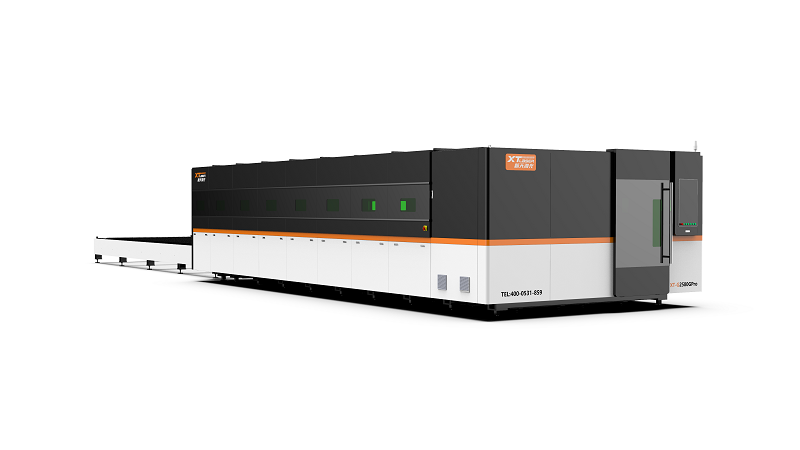Laser cutting, utilizing a beam of coherent photons to deliver highly concentrated energy in a narrowly focused hot spot, is a versatile and widely used method for precision material processing. The laser beam can cause melting, vaporization, and ablation of various materials, making it suitable for a wide range of applications. Laser cutting machines utilize laser sources such as CO2, metal-doped silica glass NdYAG, and doped liquid crystal devices, providing a broad spectrum of power options to meet different requirements.
The applications of laser cutting machines are diverse and continuously expanding. They include the manufacturing of sheet components, high-speed cutting of tubes, engraving fine patterns, micro drilling through diamonds, and micro welding in chip manufacturing processes. With its ability to deliver high precision, avoid material contamination, achieve high speeds, and handle unlimited 2D complexity, laser cutting has become a preferred method for many industries.
Despite its many advantages, laser cutting machines also have some drawbacks. Limitations in material thickness, the generation of harmful gases and fumes, high energy consumption, and significant upfront costs are among the challenges associated with this technology. However, continuous advancements in laser cutting technology aim to address these limitations and further improve efficiency and cost-effectiveness.


